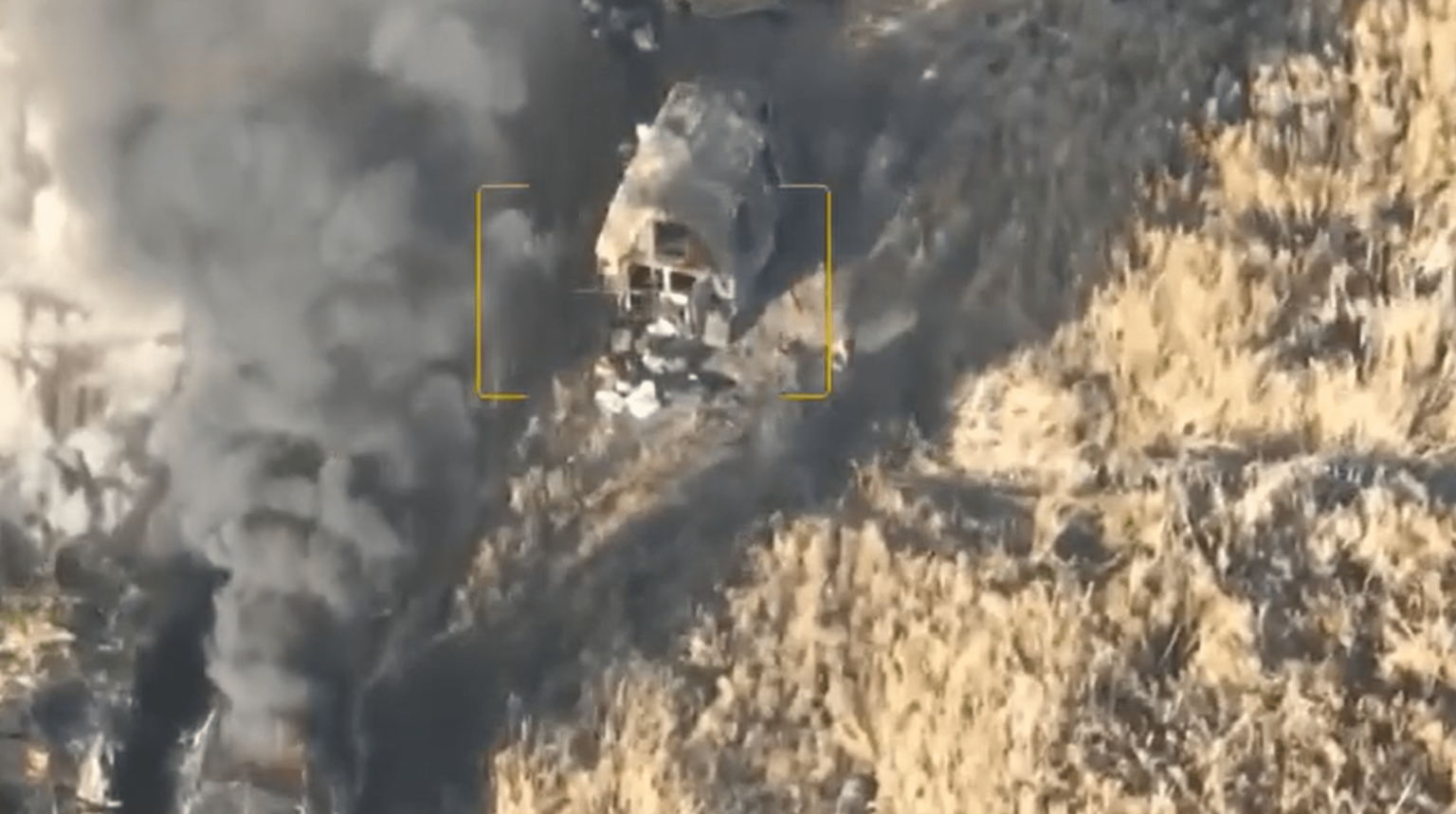Ukraine’s military claimed that its soldiers repelled a 50-strong column of Russian equipment, with video footage showing Russian military vehicles in flames following the attack. The Ukrainian forces involved in the battle included the 77th separate airmobile brigade and the National Guard, who successfully defended their positions against the Russian assault. Two tanks, two armored personnel carriers, and an infantry fighting vehicle were destroyed, forcing the remaining Russian forces to flee in panic back to their starting positions.
The Institute for the Study of War (ISW) reported that Ukrainian forces had repelled a battalion-sized Russian mechanized assault in the Kupiansk direction, marking the first such attack along the front line since the previous winter. The ISW analyzed the aerial footage of the battle and noted that the damaged Russian armored vehicles clustered together, indicating a failed mechanized assault strategy by Moscow. The Ukrainian military sources stated that the engagement took place near the village of Pishchane, southeast of Kupiansk in the Kharkiv oblast, where Russian forces attempted to make advances along the Oskil River.
Further details provided by the ISW confirmed that the Russian forces suffered setbacks during the assault and were ultimately pushed back to their starting positions near Pishchane by the Ukrainian forces. Geolocated footage substantiated the claim that Moscow’s forces did not make any progress during the attack. Ukrainian officials revealed that Russian forces also launched an attack on a hospital in Sumy, a northeastern city in Ukraine, resulting in the deaths of nine people and injuries to 12 individuals. The attack involved two strikes, targeting the hospital initially and then hitting rescuers and police who arrived to evacuate patients.
The Ukrainian military’s successful repulsion of the Russian attack demonstrates the country’s ability to defend its territory against foreign aggression. The footage of the damaged Russian military vehicles serves as evidence of the confrontation, highlighting the fierce resistance put up by the Ukrainian soldiers against the invading forces. The ISW’s analysis of the battle provides valuable insights into the tactics used by both sides during the engagement, shedding light on the challenges faced by the Russian forces in their failed assault. The proximity of the battle to civilian areas, such as the hospital in Sumy, underscores the high stakes involved in the conflict and the need for protection of non-combatants during wartime.
The attack on the hospital in Sumy represents a grave violation of international humanitarian law, as civilian infrastructure and medical facilities are protected structures that should not be targeted during conflicts. The “double tap” strike tactic employed by Russia, targeting rescuers and first responders after the initial attack on the hospital, further illustrates the ruthless nature of the assault and disregard for civilian lives. The Ukrainian interior minister’s condemnation of the attacks on the hospital highlights the tragic consequences of war on innocent civilians, underscoring the urgent need for a peaceful resolution to the conflict in Ukraine. Despite the challenges faced by Ukraine in defending its sovereignty, the country remains resilient in the face of external threats and continues to protect its citizens with bravery and determination.


